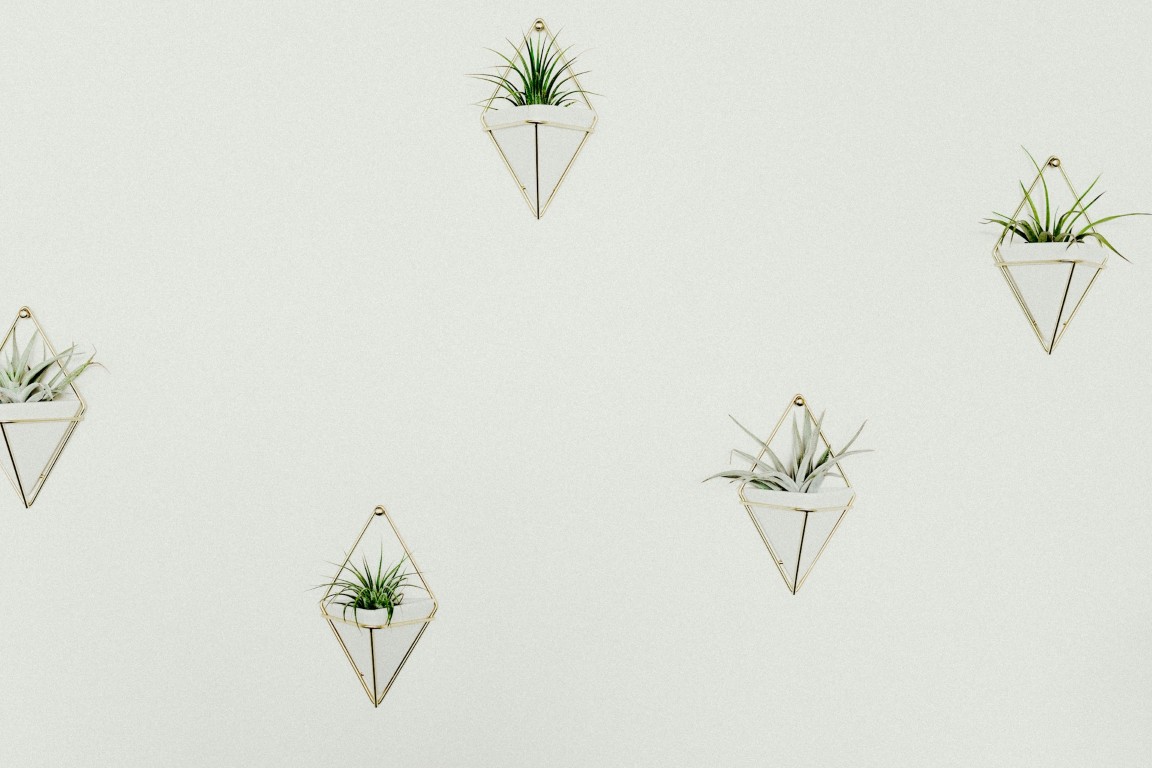Indoor Gardening: Make Your Home Greener
In recent years, indoor gardening has gained immense popularity among homeowners. It not only adds a touch of natural beauty to your living space but also offers various physical and mental health benefits. Whether you have a green thumb or are just starting out, indoor gardening is a fantastic way to make your home greener and more vibrant. In this blog post, we will explore the benefits of indoor gardening and provide some tips to get your indoor garden started.
One of the primary advantages of indoor gardening is that it allows you to have plants all year round, regardless of the weather outside. This is especially beneficial if you live in an area with long winters or extreme temperatures. Indoor plants can purify the air by removing toxins and increasing humidity levels, leading to improved air quality and a healthier home environment for you and your family.
Additionally, indoor gardening can be a great stress-reliever and mood enhancer. Numerous studies have shown that being surrounded by nature, even indoors, can reduce stress, anxiety, and depression. The simple act of tending to your plants, watching them grow, and taking care of them can provide a sense of accomplishment and satisfaction. Furthermore, indoor plants have been found to promote productivity and concentration, making them ideal for home offices or study spaces.
Now that we understand the benefits of indoor gardening, let’s explore some tips to help you create your very own indoor oasis. First and foremost, you need to assess the lighting conditions in your home. Most indoor plants require bright, indirect sunlight to thrive. Identify the areas in your home where natural light is abundant, such as near windows or glass doors. South-facing windows usually provide the brightest light, while east or west-facing windows receive moderate sunlight. North-facing windows tend to have lower light levels and may not be suitable for light-demanding plants. If you have limited natural light, you can supplement it with artificial grow lights that mimic the spectrum of sunlight.
Next, choose the right plants for your indoor garden. Some plants are more adaptable to indoor conditions than others. Spider plants, pothos, and peace lilies are excellent choices for beginners as they are relatively low-maintenance and can tolerate a variety of lighting conditions. Succulents and cacti thrive in dry environments and require minimal watering. Tropical plants like ferns and orchids prefer higher humidity levels and may need additional misting or a humidifier. Research the specific care requirements of each plant you choose to ensure they will thrive in your home.
Proper watering is crucial for the health of your indoor plants. Overwatering can lead to root rot and fungal diseases, while underwatering can result in dry, wilted plants. Most indoor plants prefer to dry out slightly between waterings, so make sure to check the moisture level of the soil before each watering. Use well-draining pots with drainage holes to prevent waterlogged roots. Remember, it’s always better to underwater than overwater your plants.
Lastly, don’t forget to fertilize your indoor plants to provide them with essential nutrients. Indoor plants usually require less fertilization than their outdoor counterparts. Use a balanced, water-soluble fertilizer at half the recommended strength every two to four weeks during the growing season. Reduce fertilization during the dormant season or when plants show signs of stress. Always follow the instructions on the fertilizer packaging for proper application.
Indoor gardening is a rewarding and fulfilling hobby that can transform your home into a lush, green sanctuary. Not only does it bring nature indoors, but it also offers numerous health benefits. By providing cleaner air, reducing stress, and enhancing overall well-being, indoor plants contribute to a healthier and happier living environment. So, why not start your indoor garden today? With a little care and attention, you’ll be amazed at the beauty and serenity your indoor garden can bring to your home.















